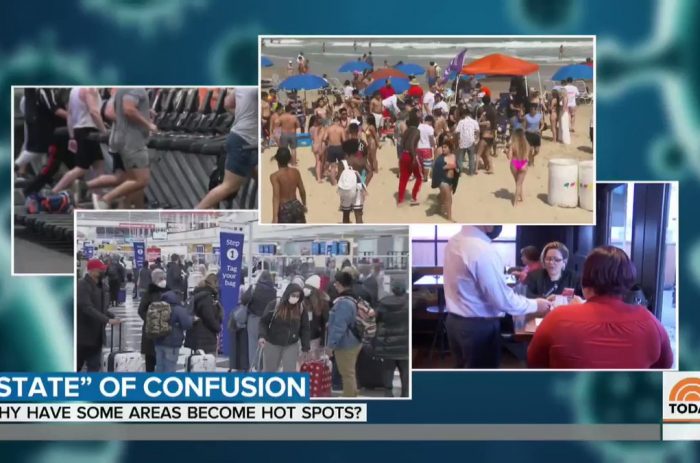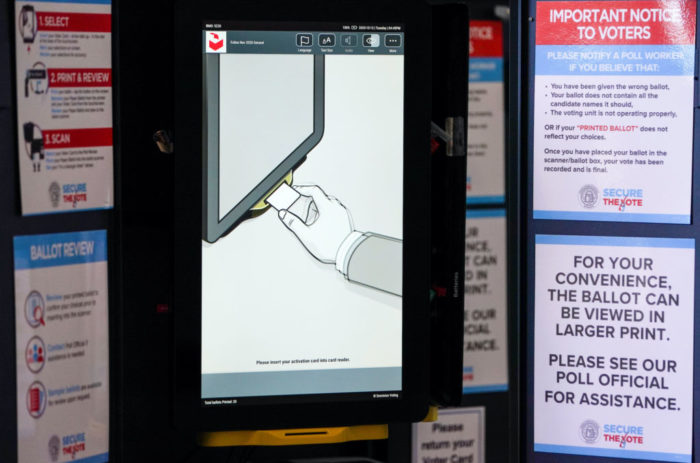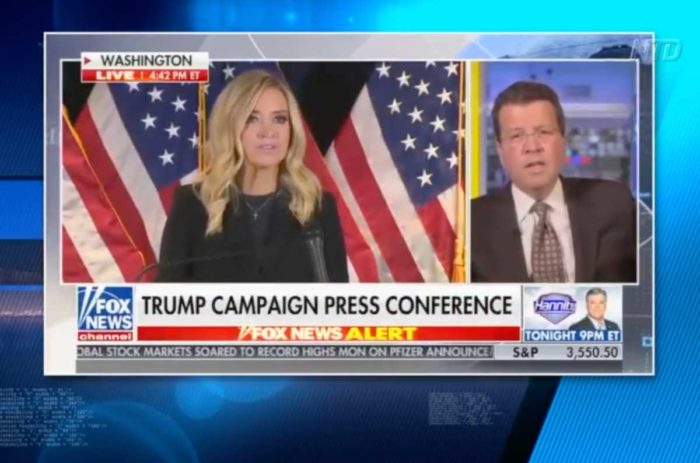redo Jump to...
print Print...
Directions
-Read the excerpt below from Dan Gainor's report posted at BusinessandMedia.org.
-Read "Types of Media Bias" in the right column. Then answer the questions.
…The Media Research Center’s Business & Media Institute looked at all 176 stimulus stories on the three broadcast network evening news shows from Nov. 4, 2008 when [President] Obama was elected, through Feb. 10, when the Senate approved the initial stimulus plan. Here are [their] findings:
- Networks Refuse to Explain the Most Important Question: Almost completely absent from the reporting was how the president and Congress intended to pay for the stimulus. Many stories included criticism of the size of the package, but only three across all three networks discussed that such a plan might involve either cutting programs or raising taxes. That’s less than 2 percent of the stories.
- ABC, CBS, NBC Biased in Picking Stimulus Spokesmen: All three broadcast networks favored pro-stimulus speakers – the president and his wife, congressmen, mayors and ordinary citizens – more than any who dared critique the stimulus package. Supporters outnumbered critics by a total of more than 2-to-1 for the three networks.
- Anti-Stimulus Economic Experts Forgotten: The Cato Institute ran an ad with more than 250 economists who opposed the stimulus package. Not one of them was interviewed during this study period. Pro-stimulus economists outnumbered those who questioned the package by a ratio of 5-to-1 (15 to 3). Liberal economist and New York Times columnist Paul Krugman appeared five times – sticking to a theme that the economy is “desperately in need of life support.”
- ABC the Worst: ABC’s slanted use of economic “experts” made it the worst of the three networks covering the debate. Pro-stimulus economists outnumbered opponents 9-to-1. One ABC story quoted three economists – none of whom graded the stimulus package lower than a B.
- CBS the Best: CBS wasn’t perfect. It relied on pro-stimulus voices 59 percent of the time. But that was far better than its opposition. In February, as the battle was nearing a vote, the network showed an exactly even mix of positive and negative views. Reporter Chip Reid did a good job keeping the stories balanced.
While the stimulus battle appears over, the economic problems are not and other similar votes may follow. Here are some recommendations for the networks to improve their coverage:
- Ask How We Are Going to Pay for It: The stimulus bill is the most-expensive in history – yet only three stories out of 178 even raised the issue. Only one piece by ABC actually attempted to address the long-term fiscal impact. Journalists have an obligation to ask the most basic questions, including how we are going to pay for it and when.
- Not Every Issue Is Left or Right: At different times in the stimulus debate conservatives and liberals questioned the spending, but this wasn’t about those sides. Those for and against the package were not represented equally. Reporters have to balance supporters and opponents, not just political parties to give criticism a fair hearing.
- Expand the Rolodex of Economists: One of the biggest flaws in the reporting was a reliance on TV-friendly economists – most of whom strongly supported the stimulus package. There were others – hundreds just in one advertisement that ran in major newspapers – who opposed the entire package. Not one of them was quoted.
- Avoid Shallow Sound-Bite Reporting on the Economy: The economy is too complex for shorthand descriptions. Typically, economists disagree about how good or bad the U.S. financial picture truly is. Modern-day journalists have no trouble including the negative, but need to make an effort to give audiences a more balanced view.
Read Dan Gainor’s entire report at businessandmedia.org/specialreports/2009/Spending/spending-fullreport.asp.
To accurately identify different types of bias, you should be aware of the issues of the day, and the liberal and conservative perspectives on each issue.
Types of Media Bias:Questions
2. Re-read the 4 bullet points that are recommendations for how the networks can improve their coverage on the economy. Number the recommendations in order of importance to you. Explain your choices.
3. Think about the points made below. Based on the report from BusinessandMedia.org, do you think that the networks fulfilled their role as journalists in reporting on the stimulus plan? Explain your answer.
- The role of the media is to inform the public as honestly, fairly, and accurately as possible about news crucial to a democracy.
[from law.duke.edu/shell/cite.pl?71+Law+&+Contemp.+Probs.+1+(autumn+2008)]. - Journalists are expected to strive to be fair and complete, and to tell an accurate and authentic story, one that reflects reality, not their own perception of it or anyone else’s.
The challenge for journalists is to report all significant viewpoints in a way that is fair to those involved and that also presents a complete and honest picture to the audience.
[from america.gov/st/washfile-english/2006/April/20060420170904eaifas0.5565607.html.] - Read the Society of Professional Journalists “Code of Ethics” at
spj.org/pdf/ethicscode.pdf.
Scroll down to the bottom of the page for the answers.
Answers
1. Bullet point #1 – bias by omission
Bullet point #2 – bias by selection of sources
Bullet point #3 – bias by selection of sources
Bullet point #4 – bias by selection of sources
Bullet point #5 – not biased; presented balanced reports on the positive and negative aspects of the stimulus package for the most part
2. OPINION QUESTION. Answers vary.
3. OPINION QUESTION. Answers vary.



